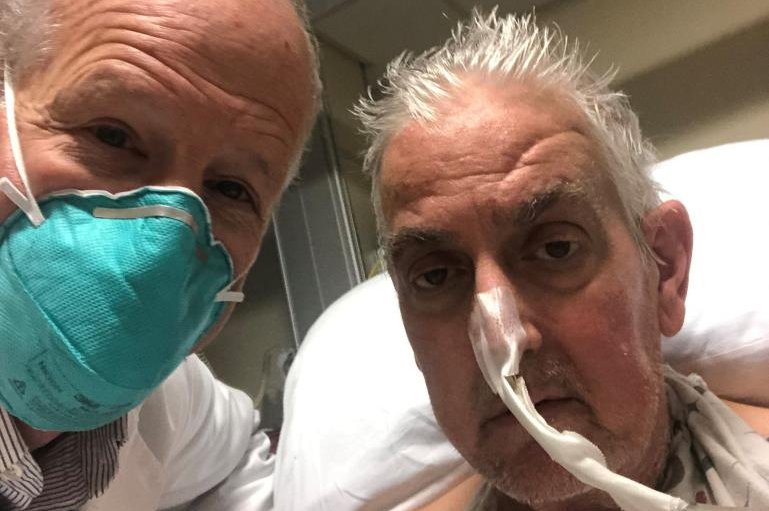insider@insider.com (Juliana Kaplan)

© Provided by Business Insider Dobson Field Athletics Complex. Courtesy of D'Youville
D'Youville College in Buffalo, New York is trying a 32-hour workweek for the next six months.
The new policy impacts about 140 staff members, who will have no reduction in pay or benefits.
D'Youville president Lorrie Clemo said that she hopes the shorter week will bring in high-quality workers who want balance.
Like many around the world, D'Youville College in Buffalo, New York is trying something new in 2022.
The college announced it's instituting a six-month trial of a 32-hour workweek for around 140 workers — and employees will still receive the same pay and benefits as they did during their five-day week. Those workers include mostly staff and administration members, as well as librarians. Non-librarian faculty members, who already do not work D'Youville's traditional 37.5-hour week, are not included in the current trial.
The 32-hour workweek first arose at D'Youville as part of a work-share program in the summer of 2020. The school had to get "creative" amidst the onset of the pandemic, experimenting with the shorter week as part of New York's Shared Work Program. Under that plan, employees' hours could be shrunk and they could collect unemployment insurance on the hours they were no longer working.
"During that time, we were very successful, very engaged with our students — surveys that we did with our students indicated improved engagement," Lorrie Clemo, D'Youville's president, told Insider. The school was still remote during that time.
As workers around the country rethink what they want out of work, and yearn for flexibility, Clemo hopes that the shorter week will reduce attrition and bring in high-quality workers who want that balance — and create a school of graduates who understand the benefits of a "modernized" work environment and potentially reshape their own future work.

Lorrie Clemo. Courtesy of D'Youville
"We think that work will be more satisfying to our employees if they're more rested, and they feel happier about their overall lives," Clemo said.
A 32-hour workweek has gained more prominence in recent years. Progressives in Congress have thrown their support behind a bill that would shrink weekly working hours to 32. A four-day workweek pilot in Iceland made headlines as workers saw their happiness go up and stress fall — but their productivity remained the same. Other countries like Scotland and Japan are trying out the concept.
"After a nearly two-year-long pandemic that forced millions of people to explore remote work options, it's safe to say that we can't – and shouldn't – simply go back to normal, because normal wasn't working," Rep. Mark Takano, the California Democrat behind the shorter workweek legislation, said in a statement announcing the bill.
Laura Hechtel, the interim president of the school's faculty union and who is serving as the chief negotiator amidst contract negotiations, told Inside Higher Ed that while professors support the new policy, faculty have "nothing similar," and they "are assuming additional responsibilities that have been thrust upon them due to the actions of the administration." Jason MacLeod, D'Youville's chief of staff, told Insider that the Vice President for Academic Affairs is "working on a proposal to help structure more faculty release time and fellowships to support faculty research and scholarship," and that they're anticipating new benefits will get rolled out during the spring semester.
In the meantime, Clemo said that she's already heard from some nonprofits and business partners who are interested in the plan and how they're rolling it out. She also said some staffers have gotten calls from colleagues at other schools.
"I think most employers are really generally trying to create work environments that are going to be better workplaces coming out of a period where the 60 hour workweek, 70 hour workweek was expected," Clemo said.
And, broadly, "we really do hope that it helps others," Clemo said, noting that the school is going to document their process and share results.
"We thought it was important to experiment with something, and to not try to go back to what we all felt like was not a perfect world of work prior to the pandemic," Clemo said.


 © Courtesy HS2 Ltd The site is known as Blackgrounds.
© Courtesy HS2 Ltd The site is known as Blackgrounds.











